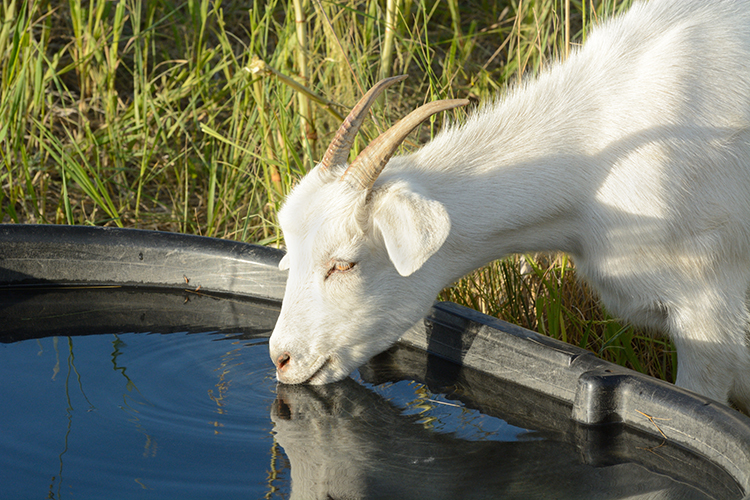Water is the most critical nutrient in turkey production.
Turkeys can survive longer without feed than without water, and even short periods of dehydration can reduce feed intake, slow growth, and impair overall health.
Proper water management ensures that turkeys drink enough; that the water they consume is clean, fresh, and easily accessible.
The amount of water a turkey needs depends on its age, size, diet, and environmental conditions. Young poults, although small, require frequent access to water because their rapid metabolism and high-protein diets increase fluid needs.
As a general guide, turkeys may drink roughly twice as much water as the weight of feed they consume. For example, if a mature turkey eats 1 kilogram of feed in a day, it may drink around 2 liters of water.
In hot weather, water consumption can increase by 50% or more as birds work to cool themselves through evaporation and respiration.
Water quality is as important as quantity. Contaminated or stale water can lead to digestive diseases and discourage birds from drinking.
Water should be clear, free from algae and debris, and low in harmful bacteria. Regular cleaning of drinkers and water lines prevents buildup of biofilms that can harbor pathogens.
In some cases, adding approved sanitizers or acidifiers can help maintain water hygiene, though these should be used according to poultry-safe guidelines.
Drinkers must be placed at the correct height (level with the birds’ backs) to prevent spillage while ensuring easy access.
For young poults, shallow drinkers or chick fountains are ideal to prevent drowning, while nipple drinkers can work well for older birds in deep litter or free-range systems.
In large flocks, multiple drinker stations should be spread evenly to avoid competition and ensure all birds can hydrate freely.
A sudden drop in consumption of water is often one of the earliest signs of illness or environmental stress, prompting farmers to investigate and address the cause before it impacts the entire flock.

